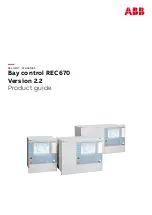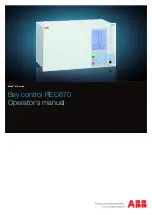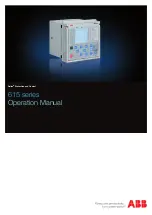
10
DAQP-CHARGE-B
LED state
The DAQP-CHARGE-B series module has a set of 7 LEDs showing the current input range (constant active),
the filter range (flashing). A selected custom range is displayed with constant lightening of the highest both
range LEDs. The LED labeled with HP displays the state of the high pass filter: if the LED is active, the high
pass filter is used, if the LED is flashing, the module is in reset mode.
Due to the large number of low pass filters, two LEDs are used to display the current frequency. The left
LED indicates the multiplier, the right one shows the exponent with the base of 10. Example: for the 10 kHz
frequency, the LED 1 and
are flashing (1x 10
4
Hz = 10 000 Hz).
Input range and filter selection
The DAQP-CHARGE-B series module has two push buttons with multiple functions.
Range button:
Push the
RANGE
button several times shortly until the LED displays the desired
input range. If a special custom range is defined in the module, it can be
selected before the highest range (1x 10
6
pC = 1 000 000 pC) is activated.
Pressing the
RANGE
button for more than one second will activate the reset
function.
Filter button:
Push the
FILTER
button once - the LEDs will flash for approx. 3 seconds and
display the current lowpass filter setting.
Push the
FILTER
button within the three seconds several times until the flashing
LED displays the desired filter range.
Pressing the
FILTER
button for more than one second will activate
the highpass filter.
Environmental conditions
To stay within the time constant and the input drift specification of the DAQP-CHARGE-B, it is essential that
the module is not exposed to high moisture.
CAUTION:
The DAQP-CHARGE-B module requires special environmental conditions!
The
module has an extremely low input drift and very high time constants. Therefore some
internal components have extremely high isolation resistances. To obtain this
characteristic, the DAQP-CHARGE-B
must not
be exposed to high moisture, temperature
or dust. High moisture can dramatically reduce the time constant of the module. If the
module has been exposed to high humidity, it is recommended to power on the module at
least 48 hours in a dry environment before a measurement starts. Permanent damage
must be expected if the module exceeds the specified temperature range.
If there is a faint suspicion the module has been exposed high temperature or moisture, DEWETRON
strongly recommend a factory calibration check.
!
Summary of Contents for DAQP-CHARGE-B Series
Page 14: ...C2 Notes ...
































